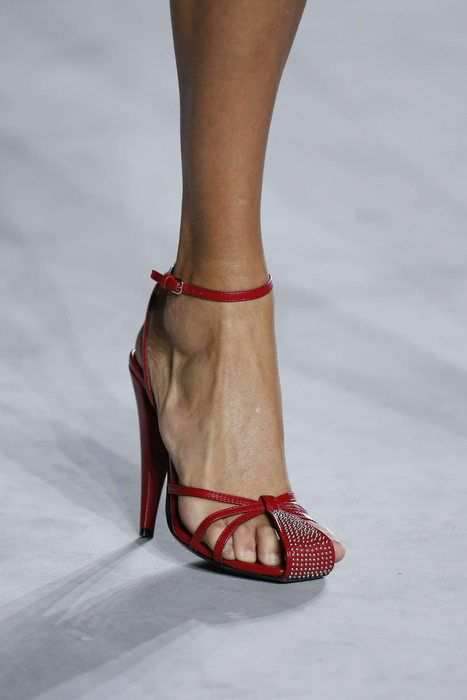
As podiatrists and high heel experts, our clinical time includes treating all things related to the foot and ankle. Regularly we treat clients that have injured their foot or leg due to a footwear malfunction. Most of the time this may be irritation due to poor strap placement or more seriously, sprain or fracture as a result of a fall. But what if you injured your foot because you dropped to a flat shoe too quickly after wearing heels? Are your flats to blame for your injury?

We recently treated a client who arrived with arch pain. The pain started at the end of an evening out and had worsened overnight to the point where she was struggling to walk the following morning. With a more thorough history we had learnt that Jane had been out at a party with her dance club where she danced for many hours in high heel shoes. She maintained that she felt comfortable while she was dancing however after the party, she had removed her heels and replaced them with flats. By the time she returned home, she had considerable pain in her left foot. Jane was perplexed – “I was feeling fine until I changed my shoes!”

Now it’s not too often you will hear a podiatrist say keep your heels on, but in this case it was a good idea. Jane informed us that she stayed with her friends to clean the premises they had hired. She had changed her shoes to flats and not done any stretches. Clinical assessment of Jane’s foot revealed she had injured her plantar fascia ligament and the ball of her foot. The rapid drop in heel height was largely to blame for her foot injury. But why?

After many hours of dancing and wearing heels, the gastrocnemius muscle (calf) tightens making it difficult to get the heel of the foot to the floor. After dropping to flat shoes the foot is forced to compensate by pronating or rolling in to establish full contact. It is this compensation that elongates the foot and the plantar fascia ligament and creates shearing on the ball of the foot. Unfortunately for Jane, this compensation mechanism was excessive enough to cause a small tear in her plantar fascia ligament and inflame her metatarsal heads.
So what should you do when you wear shoes with different heights? Ie heels one day, flats the next…
- Spend 5 minutes per day stretching the gastrocnemius (calf) muscle to improve muscle length and ankle range of motion. Ideally stretches should be held for at least 30 seconds.
- Wear shoes with a slight pitch (heel) instead of going to a completely flat shoe or barefoot.
- Use a ball of foot cushion to reducing shearing and improve comfort in the forefoot, whether in heels or flats. Our A1 pad has been podiatrically designed for this purpose.
- Seek professional podiatric assessment if you think you have injured your foot or leg

So happy stretching our fellow high heel lovers. We know your feet will thank you for it!
Until next time,
E&E
All images sourced from Pinterest – contact hello@the-well-heeled.com to have your image credited


